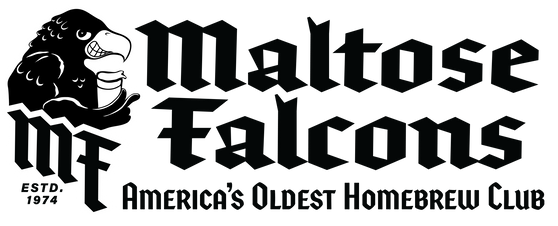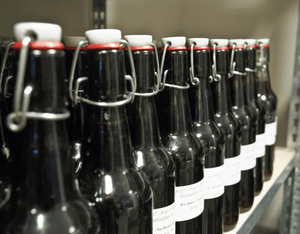Making a Starter from A Bottle Conditioned Beer (Technique from "Bad" Tom Hamilton
At some point for every brewer, you taste a beer that you want to clone or capture it's distinct yeast character. But if you're like a lot of us, you're long on desire, short on time and decidely short on the equipment and practiced techniques need to streak plates and capture single colonies of pure yeast. This shouldn't stop a homebrewer from practicing "Bad" Tom Hamilton's technique of bottle starter generation. After all, you were intrepid enough to make your own beer! (Plus as a bonus, you get an excuse to drink some more beer)
Ingredients Needed:
- 2 bottles - Target Bottle Conditioned Beer
- 1/2 pint - Weak Starter Wort
- Sanitized Starter Vessel (e.g. Flask, Beaker, Growler)
- Alcohol (Everclear or Isopropyl)
- Lighter
- Foil, Sanitized (Covering the mouth of the starter vessel)
Technique
- In a clean, draft-free room open a bottle of beer and spray the bottle mouth with alcohol and flame with the lighter.
- Decant most of the bottle into the serving vessel of your choice.
- Swirl the bottle to suspend the yeast cake.
- Flame the bottle mouth and the starter vessel mouth and decant the yeast slurry.
- Repeat with the second bottle
- Flaming the mouth of the starter vessel, add the starter wort and swirl vigorously. (Bonus points for using a stir plate. See MB's article for the reasons why)
- Drink the beer
- Let the yeast grow for one or two days until the krausen drops and there's a larger yeast slurry at the bottom. If the starter smells clean (e.g. not sour), proceed as if you're making a starter from a smack pack.
N.B.: The usual caveat applies here. A number of larger commercial breweries bottle their beers with a different strain of yeast than they use for primary ferment. For instance, a number of German ales are bottled with lager strains for stability and clean character.

